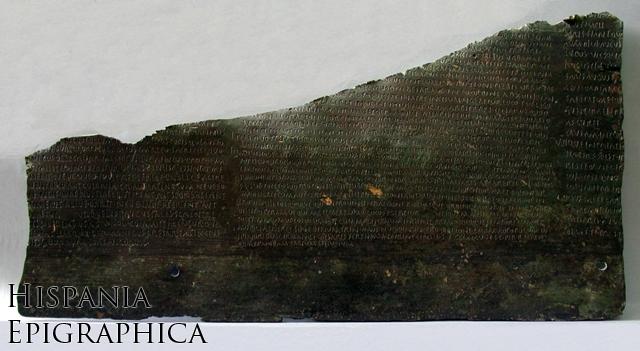The fragmented remains of two bronze tablets discovered near Seville in the spring of 1982 are documents of extreme importance for the study of the history, historiography and institutions of the early principate. They contain the remains of a partial copy of a Senatus Consultum and a small section of a lex. It is probably the best and the less fragmentary complete copy of a legal dossier of which other less complete copies are known. relating the honors for Germanicus after his death at Antiochia on October 10, 19 A.D. Germanicus was never Emperor, but his son Caligula was Emperor after Tiberius, his daughter was wife of Claudius and his grandson Nero was the last Emperor of the Julio-Claudian Dynasty, so that it can be fairly said that most of it was made of direct descendants of Germanicus. He died in Antiochia, in Syria, and the news of his death took almost two months to reach Rome. A general mourning in the city of Rome was then decided in which the city stopped activities, political meetings and decision taking was reduced to a minimum and temples were closed. The mourning ended only in the year 20, when the ashes of Germanicus reached Rome to be buried. The Tabula Siarensis is of interest on two account: as Rome’s official response to the tragic death of Germanicus, then heir to the Imperial throne; secondly, it is a factual confirmation of what Tacitus wrote in Annales II.


